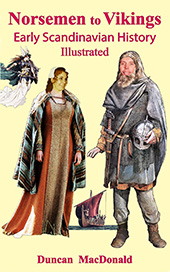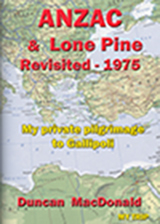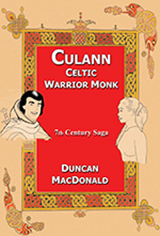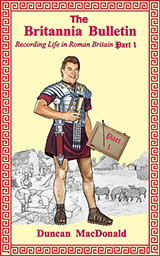Sydney Cove Snapshot
Duncan MacDonald
Jakarta 26 January 2011
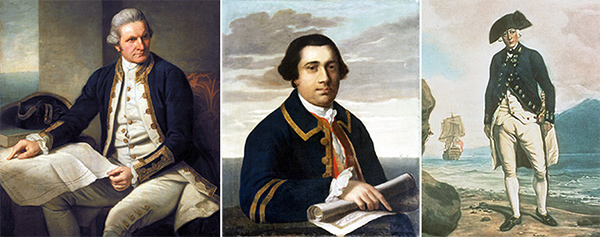
Captain James Cook Captain Arthur Phillip 1764 Govenor Arthur Phillip 1788
The first step in the colonisation of the continent which was later named Australia, took place in London in 1785. It was initiated by the principal Secretary of State for the Colonies, Thomas Townsend, Lord Sydney.
Lord Sydney adopted the recommendation of Captain James Cook (1728 - 1779), who sighted the east coast of Australian in 1770, that an English settlement be established in New South Wales. When England lost its colonies in 1788 after the American War of Independence, it needed some other place to send the many convicts that were being held in hulks in the river Thames.
Orders-in-Council for establishing a settlement in New South Wales were set up on 6 December 1785. Command of the expedition was given to Captain Arthur Phillip (1738 - 1814). The First Fleet rendezvous at Mother Bank, Isle of Wight. Captain Phillip as commodore of the squadron, hoisted his flag on H.M.S. Sirius, and weighed anchor at daybreak on 13th May 1787, setting sail for New South Wales.
The first fleet comprised the frigate H.M.S. Sirius , 540 tons, 20 guns, 160 men, commanded by Captain John Hunter. The Sirius was 30 meters long, 10 meters wide and had a depth of 4 meters. The main mast stood 32 meters above the deck. Its best speed with a favourable wind was 10 knots.
* H.M.S. Supply, armed tender brig was the fastest in the fleet, 8 guns, 55 men, commanded by Lieutenant Henry Ligbird Ball;
* Golden Grove, store ship;
* Fishburn, store ship;
* Borrowdale, storeship;
* Scarborough, transport, carrying 1 captain, 33 marines, 208 male convicts;
* Lady Penrhyn, transport, carrying 1 captain, 2 lieutenants, 3 privates and 102 female convicts;
* Friendship, transport, 1 captain, 44 marines and privates, 77 male and 20 female convicts;
* Charlotte, transport, 1 captain, 43 men, 88 male and 20 female convicts;
* Prince of Wales, transport, 2 lieutenants, 30 marines and 50 female convicts; and the
* Alexander, the largest convict transport of 450 tons, Duncan SinClare her master, 2 lieutenants, 35 marines and 213 male convicts.

HMS Supply off Port Jackson Prince of Wales - transport Charlotte - convict transport
The total number of persons who embarked in the first fleet on that fateful Sunday was:
Civil officers . . . . . . . . . . . . |
10 |
Marines including officers . . . . . . |
212 |
Wives (28) and children (17) of above |
45 |
Other free persons . . . . . . . . . |
81 |
Male convicts . . . . . . . . . . . |
504 |
Female convicts . . . . . . . . . . |
192 |
Total |
1,044 |
The Supply sighted the coast of New South Wales on 3 January 1788 and anchored in Botany Bay on 18 January 1788. The Sirius with the remainder of the convoy arrived on 20th January 1788. The number of persons landed was 1,030. That meant only 14 persons died on the eight month voyage (1.3%) which was very low by the standards of the day.
There was no fresh water at Botany Bay and it was considered to be exposed to bad weather. Governor Phillip, together with Captain Hunter and several other officers, therefore set out in whale boats for a bay to the north, mentioned by Captain Cook, called Broken Bay. They entered a place on the way marked Port Jackson and selected a cove 'about half-a-mile in length and a quarter-of-a-mile across the entrance situated six miles inside this harbour', as a place for the new settlement.
In honour of Lord Sydney, the Governor named it Sydney Cove on 22 January 1788
The following day while sailing back to Botany Bay, on a point of land on the north side of Port Jackson, Phillip noticed the confident and manly behaviour of the natives at the waters edge. So he named it Manly Cove.
Laperouse Arrives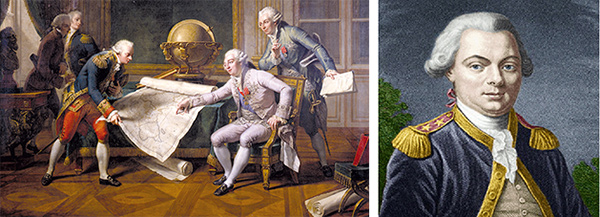 Laperouse appointed by Louise XVI Jean-Franancois de Galaup compte de Laperouse
Laperouse appointed by Louise XVI Jean-Franancois de Galaup compte de Laperouse In one of history's more amazing coincidences, 2 French frigates under the command of Comte de Laperouse (1741 - 1788), sailed into Botany Bay on 24 January 1788, while the English were relocating. The French were treated courteously by the English and fortunately some of Laperouse letters and document were given to the English and eventually sent back to Paris via London. Laperouse sailed from Botany Bay on 10 March 1788 for New Caledonia and Santa Cruz islands. They were never seen again.
26 January 1788
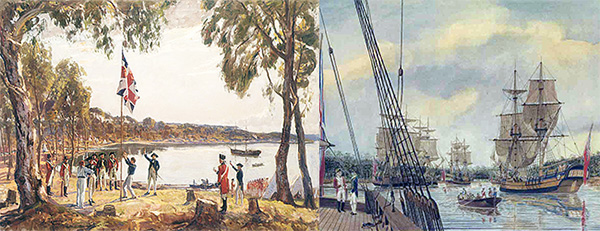
Sydney Cove ~ 26 January 1788 First Fleet ships in Sydney Cove ~ 27 January 1788
Governor Phillip in the Supply and the rest of the fleet quit Botany Bay and sailed into Port Jackson on 25th January 1788.
The colony of New South Wales was formally taken possession in the name of the King of England by Governor Arthur Phillip on 26 January 1788. British colours were hoisted on Dawes Point.
The Governor and principal officers assembled and drank the King's health and success to the new colony.
It is not recorded what the local aboriginals thought of all this.
|
Three of the transports Lady Penrhyn, Scarborough and Charlotte left for China to load tea for the East India Company. The Supply also sailed for Lord Howe Island on 6 May 1788.
The new colony ran low on food and rationing was enforced. The Sirius was despatched to the Cape of Good Hope on 30 September 1788 for supplies.
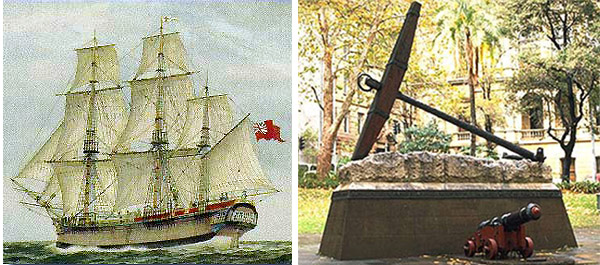 HMS Sirius Sirius anchor and cannon
HMS Sirius Sirius anchor and cannon The Sirius returned with four months provisions on 9 May 1789, which led to great rejoicing in the colony. Unfortunately the Sirius was later wrecked on Norfolk Island in 1790. The Supply was then sent to Batavia (Jakarta) under the command of Lieutenant Ball for provisions on 17 April 1790. The store ship Justinian from England arrived on 20 June 1790 with a timely supply of provisions.
The 'Second Fleet' convoyed by the 44 gun Gorgon arrived in Sydney Cove on 21 September 1791 with 1,695 male and 68 female convicts. 198 (10.1%) convicts died on the passage. A further 480 were sick from scurvy, dysentery and fever. Treatment of the convicts on this expedition was a disgrace. They were abused and exploited by private ship owners.
The Settlement was placed on full rations after many months of privation on July 1792, after the arrival of the Atlantic from Calcutta with a much needed cargo of rice and other provisions.
Conclusion Sydney Cove 1788 Sydney Cove 1808 by Lewin
Sydney Cove 1788 Sydney Cove 1808 by Lewin Approximately 80,000 convicts were transported to New South Wales between 1788 and 1842. 85% were male with 15% female. Two thirds (66%) of the convicts were literate - a much higher percentage than the free immigrants (58%). Almost two-thirds were English ~ along with a small number of Scots and Welsh, while the remaining one-third were Irish.
Most were ordinary working class men and women. The majority were first offenders with 75% convicted of petty larceny or receiving stolen goods.
* * * * *
Note: The editor's direct ancestor on his mother's side, William Nash, a private in the marines in Captain Shea's company, came to Australia in the First Fleet on board the Alexander
|
This Digest article can be downloaded as a FREE e-book on Smashwords.
Available on iPad / iBooks, Kindle, Nook, Sony, & most e-reading apps including Stanza & Aldiko.
Just click the following link
>> download free e-book dMAC Digest Vol 4 No 3



